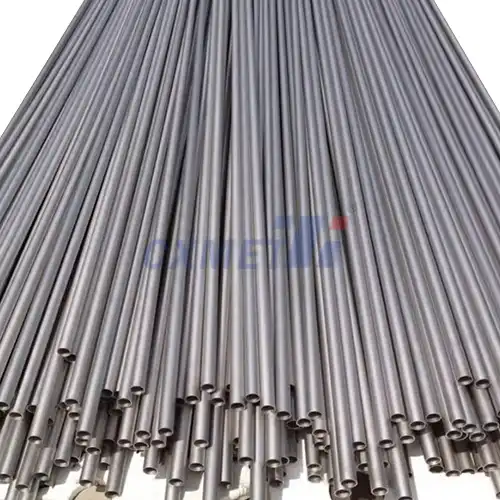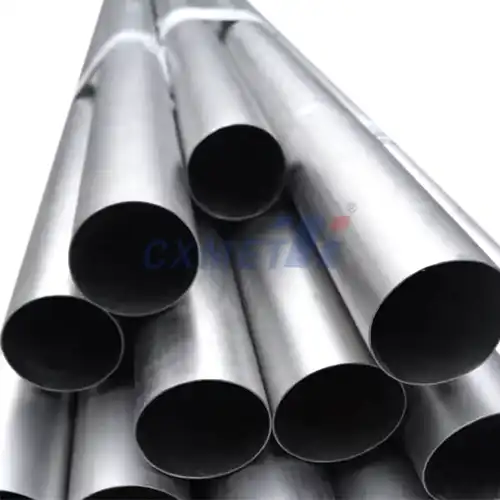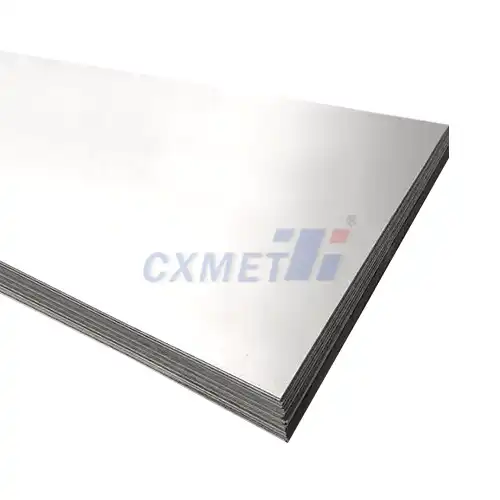- English
- French
- German
- Portuguese
- Spanish
- Russian
- Japanese
- Korean
- Arabic
- Greek
- German
- Turkish
- Italian
- Danish
- Romanian
- Indonesian
- Czech
- Afrikaans
- Swedish
- Polish
- Basque
- Catalan
- Esperanto
- Hindi
- Lao
- Albanian
- Amharic
- Armenian
- Azerbaijani
- Belarusian
- Bengali
- Bosnian
- Bulgarian
- Cebuano
- Chichewa
- Corsican
- Croatian
- Dutch
- Estonian
- Filipino
- Finnish
- Frisian
- Galician
- Georgian
- Gujarati
- Haitian
- Hausa
- Hawaiian
- Hebrew
- Hmong
- Hungarian
- Icelandic
- Igbo
- Javanese
- Kannada
- Kazakh
- Khmer
- Kurdish
- Kyrgyz
- Latin
- Latvian
- Lithuanian
- Luxembou..
- Macedonian
- Malagasy
- Malay
- Malayalam
- Maltese
- Maori
- Marathi
- Mongolian
- Burmese
- Nepali
- Norwegian
- Pashto
- Persian
- Punjabi
- Serbian
- Sesotho
- Sinhala
- Slovak
- Slovenian
- Somali
- Samoan
- Scots Gaelic
- Shona
- Sindhi
- Sundanese
- Swahili
- Tajik
- Tamil
- Telugu
- Thai
- Ukrainian
- Urdu
- Uzbek
- Vietnamese
- Welsh
- Xhosa
- Yiddish
- Yoruba
- Zulu
What is the difference between Titanium 6Al-4V Grade 5 and Grade 23 ELI?
2025-07-17 10:13:06
Titanium alloys are widely used in various industries due to their exceptional properties, including high strength-to-weight ratio, excellent corrosion resistance, and biocompatibility. Two popular grades of titanium alloy are Titanium 6Al-4V Grade 23 ELI Sheet (Extra Low Interstitial). While both are based on the same alloy composition, they have distinct characteristics that make them suitable for different applications. In this blog post, we'll explore the key differences between these two grades and their specific uses.
|
|
|
How do the mechanical properties of Grade 5 and Grade 23 ELI compare?
The mechanical properties of Titanium 6Al-4V Grade 23 ELI Sheet are one of the primary factors that distinguish these two alloys. Both grades share the same basic composition of 6% aluminum and 4% vanadium, with titanium as the base metal. However, the processing and purity levels result in different mechanical characteristics.
Grade 5, also known as Ti6Al4V, is the most commonly used titanium alloy. It offers an excellent balance of strength, toughness, and workability. Grade 5 typically has a tensile strength of around 895-930 MPa, a yield strength of 828-862 MPa, and an elongation of 10-14%. These properties make it suitable for a wide range of applications in aerospace, automotive, and industrial sectors.
On the other hand, Grade 23 ELI (Extra Low Interstitial) is a higher purity version of Grade 5. The "ELI" designation indicates that it has lower levels of interstitial elements such as oxygen, nitrogen, and carbon. This results in improved ductility and fracture toughness compared to Grade 5. Grade 23 ELI typically has a tensile strength of 860-965 MPa, a yield strength of 795-875 MPa, and an elongation of 10-15%.
The reduced interstitial content in Grade 23 ELI leads to several advantages in terms of mechanical properties:
- Enhanced ductility: Grade 23 ELI exhibits better formability and is less susceptible to cracking during fabrication processes.
- Improved fatigue strength: The lower interstitial content results in better resistance to cyclic loading, making it ideal for applications involving repeated stress.
- Higher fracture toughness: Grade 23 ELI demonstrates superior resistance to crack propagation, enhancing its performance in critical applications.
- Better low-temperature performance: The improved ductility of Grade 23 ELI makes it more suitable for use in cryogenic applications.
These enhanced mechanical properties make Grade 23 ELI particularly valuable in aerospace and biomedical applications where reliability and performance under demanding conditions are crucial.
What are the main differences in chemical composition between Grade 5 and Grade 23 ELI?
While Titanium 6Al-4V Grade 23 ELI Sheet share the same basic alloy composition, the key difference lies in the levels of interstitial elements and impurities. The chemical composition plays a crucial role in determining the alloy's properties and performance in various applications.
Grade 5 titanium alloy has the following typical composition:
- Titanium: Balance
- Aluminum: 5.5-6.75%
- Vanadium: 3.5-4.5%
- Iron: Max 0.40%
- Oxygen: Max 0.20%
- Carbon: Max 0.08%
- Nitrogen: Max 0.05%
- Hydrogen: Max 0.015%
Grade 23 ELI, on the other hand, has stricter limits on interstitial elements and impurities:
- Titanium: Balance
- Aluminum: 5.5-6.5%
- Vanadium: 3.5-4.5%
- Iron: Max 0.25%
- Oxygen: Max 0.13%
- Carbon: Max 0.08%
- Nitrogen: Max 0.03%
- Hydrogen: Max 0.0125%
The most significant differences in chemical composition between Grade 5 and Grade 23 ELI are:
- Oxygen content: Grade 23 ELI has a lower maximum oxygen content (0.13%) compared to Grade 5 (0.20%). This reduction in oxygen improves ductility and fracture toughness.
- Iron content: The maximum iron content in Grade 23 ELI (0.25%) is lower than in Grade 5 (0.40%). Reduced iron content contributes to improved corrosion resistance.
- Nitrogen content: Grade 23 ELI has a lower maximum nitrogen content (0.03%) compared to Grade 5 (0.05%). This reduction helps enhance ductility and formability.
- Hydrogen content: The maximum hydrogen content in Grade 23 ELI (0.0125%) is slightly lower than in Grade 5 (0.015%). Lower hydrogen content reduces the risk of hydrogen embrittlement.
These compositional differences result in Grade 23 ELI having superior properties in terms of ductility, fracture toughness, and corrosion resistance. The lower levels of interstitial elements (oxygen, nitrogen, and carbon) in Grade 23 ELI contribute to its improved performance in critical applications, particularly in the aerospace and medical industries.
The tighter control of impurities in Grade 23 ELI also leads to more consistent mechanical properties and improved fatigue strength. This makes it an excellent choice for applications requiring high reliability and performance under demanding conditions, such as aerospace components and medical implants.
Which industries benefit most from using Grade 5 vs. Grade 23 ELI?
Titanium 6Al-4V Grade 23 ELI Sheet find applications in various industries due to their unique properties. However, certain sectors benefit more from one grade over the other based on specific requirements and performance needs.
Industries that benefit most from using Grade 5 titanium alloy include:
- Aerospace: Grade 5 is widely used in aircraft structures, engine components, and fasteners due to its excellent strength-to-weight ratio and corrosion resistance. It is particularly suitable for parts that require high strength but are not subject to extreme fatigue or cryogenic conditions.
- Automotive: The automotive industry uses Grade 5 for high-performance engine components, suspension parts, and exhaust systems. Its high strength and corrosion resistance make it ideal for improving vehicle performance and durability.
- Marine: Grade 5 is used in marine applications such as propeller shafts, pump components, and offshore drilling equipment due to its excellent corrosion resistance in saltwater environments.
- Industrial: Various industrial sectors, including chemical processing and oil and gas, use Grade 5 for pumps, valves, and other components that require high strength and corrosion resistance.
- Sports and Recreation: Grade 5 is used in the production of high-performance sporting goods such as golf club heads, bicycle frames, and other equipment where strength and light weight are crucial.
Industries that benefit most from using Grade 23 ELI titanium alloy include:
- Medical and Biomedical: Grade 23 ELI is the preferred choice for medical implants, surgical instruments, and prosthetics due to its superior biocompatibility, lower risk of allergic reactions, and improved fatigue strength. Its enhanced ductility and fracture toughness make it ideal for long-term implants such as hip and knee replacements.
- Aerospace (Critical Components): While Grade 5 is widely used in aerospace, Grade 23 ELI is preferred for critical components that require superior fatigue strength and fracture toughness. It is used in applications such as aircraft engine mounts, landing gear components, and helicopter rotor hubs.
- Cryogenic Applications: The improved low-temperature performance of Grade 23 ELI makes it suitable for cryogenic equipment and components used in space exploration, superconducting magnets, and liquefied natural gas (LNG) storage and transportation.
- High-Performance Racing: Formula 1 and other high-end racing industries often use Grade 23 ELI for critical components that require exceptional strength, light weight, and reliability under extreme conditions.
- Nuclear Industry: Grade 23 ELI's improved corrosion resistance and mechanical properties make it valuable in certain nuclear applications, particularly in areas where high purity and reliability are essential.
The choice between Grade 5 and Grade 23 ELI often comes down to the specific requirements of the application. While Grade 5 offers excellent performance for a wide range of general applications, Grade 23 ELI is preferred in situations where enhanced ductility, improved fatigue strength, and superior biocompatibility are critical.
In the medical field, for example, the use of Grade 23 ELI is almost exclusive due to its biocompatibility and reduced risk of adverse reactions. The aerospace industry often uses both grades, with Grade 23 ELI reserved for the most critical components where failure could have catastrophic consequences.
It's important to note that while Titanium 6Al-4V Grade 23 ELI SheetI offers superior properties in many aspects, it is generally more expensive than Grade 5 due to the tighter controls on composition and processing. Therefore, the decision to use Grade 23 ELI is often based on a careful consideration of performance requirements, safety factors, and cost-effectiveness for the specific application.
At SHAANXI CXMET TECHNOLOGY CO., LTD, we take pride in our extensive product range, which caters to diverse customer needs. Our company is equipped with outstanding production and processing capabilities, ensuring the high quality and precision of our products. We are committed to innovation and continuously strive to develop new products, keeping us at the forefront of our industry. With leading technological development capabilities, we are able to adapt and evolve in a rapidly changing market. Furthermore, we offer customized solutions to meet the specific requirements of our clients. If you are interested in our products or wish to learn more about the intricate details of our offerings, please do not hesitate to contact us at sales@cxmet.com. Our team is always ready to assist you.
References
- ASTM International. (2021). ASTM B348 - Standard Specification for Titanium and Titanium Alloy Bars and Billets.
- Boyer, R., Welsch, G., & Collings, E. W. (1994). Materials Properties Handbook: Titanium Alloys. ASM International.
- Donachie, M. J. (2000). Titanium: A Technical Guide. ASM International.
- Leyens, C., & Peters, M. (Eds.). (2003). Titanium and Titanium Alloys: Fundamentals and Applications. John Wiley & Sons.
- Lütjering, G., & Williams, J. C. (2007). Titanium. Springer Science & Business Media.
- MatWeb. (n.d.). Titanium Ti-6Al-4V (Grade 5), Annealed.
- MatWeb. (n.d.). Titanium Ti-6Al-4V ELI (Grade 23), Annealed.
- Peters, M., Kumpfert, J., Ward, C. H., & Leyens, C. (2003). Titanium alloys for aerospace applications. Advanced Engineering Materials, 5(6), 419-427.
- Rack, H. J., & Qazi, J. I. (2006). Titanium alloys for biomedical applications. Materials Science and Engineering: C, 26(8), 1269-1277.
- Veiga, C., Davim, J. P., & Loureiro, A. J. R. (2012). Properties and applications of titanium alloys: A brief review. Reviews on Advanced Materials Science, 32(2), 133-148.





.webp)
